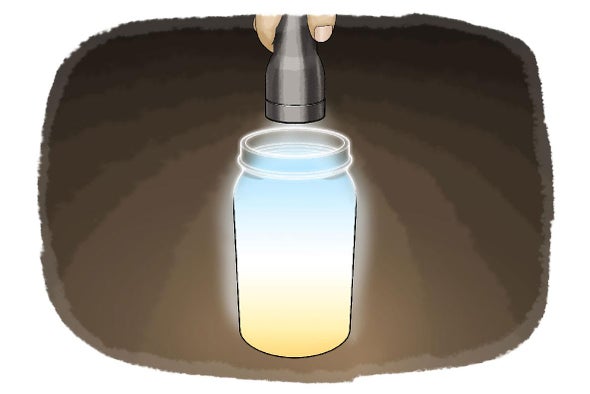 |
| June 09, 2023 |
 |
| Mental Illness How Dreams Reveal Brain Disorders Examining dream content can assist in the diagnosis of psychiatric and neurological illnesses. What does fighting off a lion mean? By Marie-Neige Cordonnier | |
| |
| |
| |
| Astronomy Why Venus Is So Bright Right Now Our planetary neighbor Venus becomes a brilliant beacon in the sky each time it reaches its greatest orbital distance from the sun | | | | |
| |
| |
| |
| Pollution How to Use the Air Quality Index Wildfire smoke from Canada is causing poor air quality along the East Coast. Here's what those air quality alerts mean | | | | |
| |
| |
| |
BRING SCIENCE HOME
 | | Sunset Colors in a Glass |  Why is the sky blue during the day--but can be a beautiful rainbow of colors at sunset? Grab a flashlight and get ready to make your own sunset to find out! Credit: George Retseck | Have you ever watched a sunset and wondered why the sky suddenly changes from blue to orange and red? Even during the day the sky can have multiple colors ranging from bright blue to gray or white. Where do these colors come from? In this activity you will find out—and simulate your own sunset in a glass! Ready to watch the sun go down? | |  | |
LATEST ISSUES
 |
| |
| Questions? Comments?  | |
| Download the Scientific American App |
| |
| |























